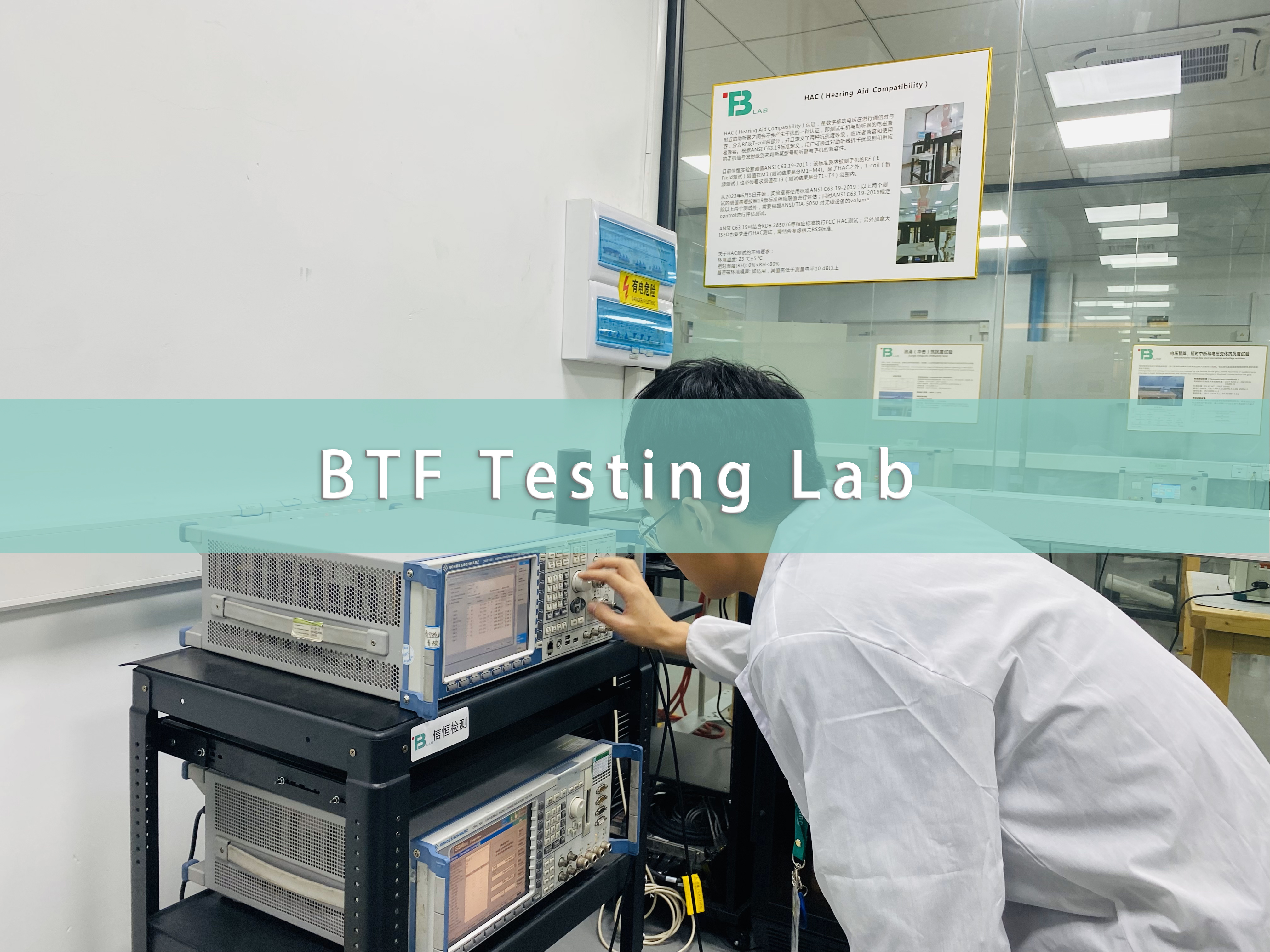Regulatory updates
Helsinki, April 29, 2025, at the request of the European Commission, the European Chemicals Agency (ECHA) assessed the risks of certain Cr (VI) substances to workers and the public, as well as the socio-economic impacts of potential restriction measures, and proposed an EU wide proposal to restrict certain hexavalent chromium (Cr (VI)) substances. The purpose is to reduce the harmful effects of these carcinogenic chemicals on workers and the public.
ECHA believes that due to hexavalent chromium being one of the most potent workplace carcinogens and posing serious risks to workers’ health, it is necessary to implement restrictive measures throughout the European Union. People living near industrial sites that release these substances into the environment also face the risk of lung and colon cancer. ECHA proposes to ban Cr (VI) substances unless they meet the definition restrictions for worker exposure and environmental emissions in the following categories of use: formulations for electroplating (including plastic and metal substrates) for primers and other slurries, functional additives/process aids for other surface treatments
ECHA proposes to ban Cr (VI) substances unless they meet the definition limits for worker exposure and environmental emissions in the following categories of use:
Prepare a mixture
Used for electroplating (including plastic and metal substrates)
Used for primer and other coatings
Other surface treatments
Functional additives/process aids
The proposed restrictions will replace the current authorization requirements for Cr (VI) under REACH and ensure that the risks associated with Cr (VI) substances will still be effectively controlled once they are no longer subject to REACH authorization management. In addition, barium chromate (VI) should be included in the restriction range to avoid unexpected substitution. The proposal evaluated three different restriction options (RO1, RO2, RO3), which differ in terms of worker exposure and environmental emission limits:
This restriction may prevent up to 17 tons of Cr (VI) from entering the environment each year and prevent up to 195 cancer cases annually. Over a period of 20 years, the total monetization benefit is estimated to be 331 million euros or 1.07 billion euros, depending on the chosen restriction option. The total cost of European society is estimated to be 314 million euros or 3.23 billion euros. These costs include investment costs for measures to reduce environmental releases and worker exposure, closure and relocation costs, and the cost of replacing Cr (VI) substances with safer alternatives.
All stakeholders have the opportunity to provide information supported by solid evidence during the six-month consultation period. The consultation is expected to commence on June 18, 2025. ECHA plans to organize an online information conference to explain the restriction procedures and assist stakeholders in participating in consultations.
Next steps
The Risk Assessment Scientific Committee (RAC) and Socio Economic Analysis Committee (SEAC) of ECHA will evaluate the proposed restrictions. In their evaluation, they will take into account the scientific evidence received during the consultation period. The European Commission will work with 27 EU member states to make decisions on restrictions and their conditions based on ECHA proposals and the Commission’s opinions.
Background
In September 2023, the European Commission requested ECHA to prepare a proposal for restrictions on certain Cr (VI) substances on the REACH authorization list. The transition from authorization management to restriction aims to timely and effectively manage risks to humans and the environment, while maintaining the normal operation of the internal market.
BTF Testing Lab, our company has electromagnetic compatibility laboratories, safety regulations Laboratory, wireless radio frequency Laboratory, battery Laboratory, chemical Laboratory, SAR Laboratory, HAC Laboratory, etc. We have obtained qualifications and authorizations such as CMA, CNAS, CPSC, VCCI, etc. Our company has an experienced and professional technical engineering team, which can help enterprises solve the problem. If you have relevant testing and certification needs, you can directly contact our Testing staff to obtain detailed cost quotations and cycle information
Post time: May-20-2025










